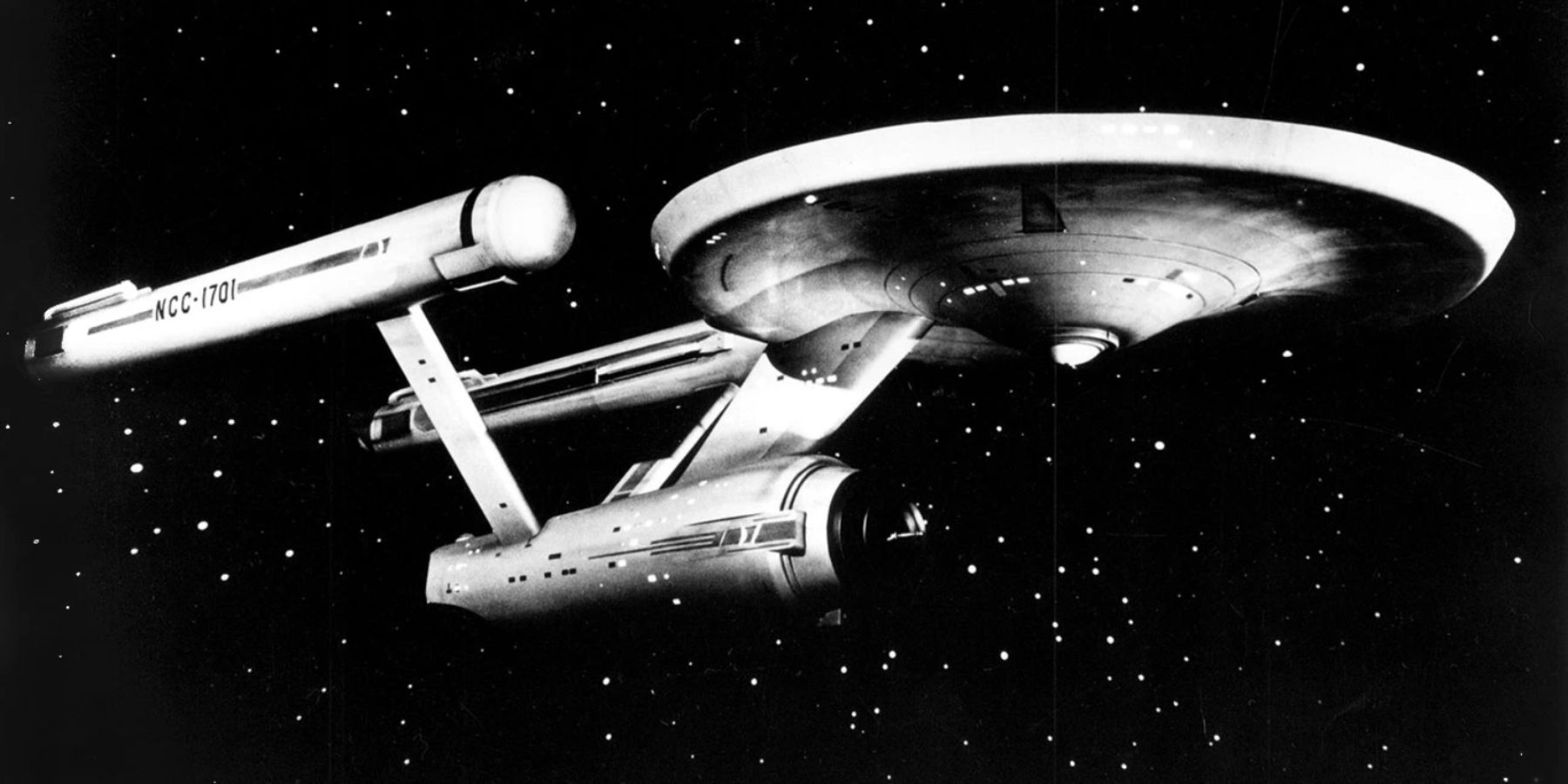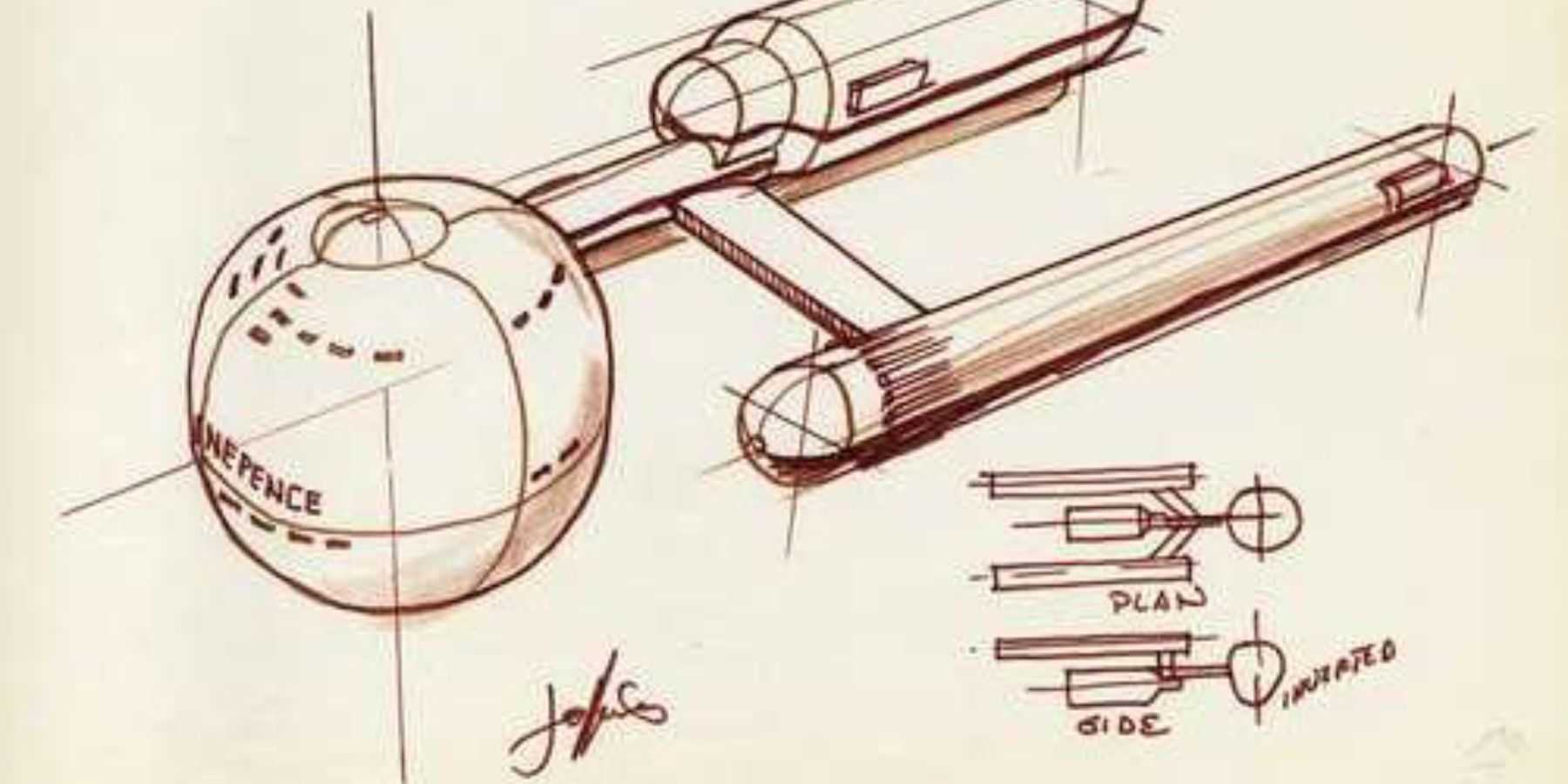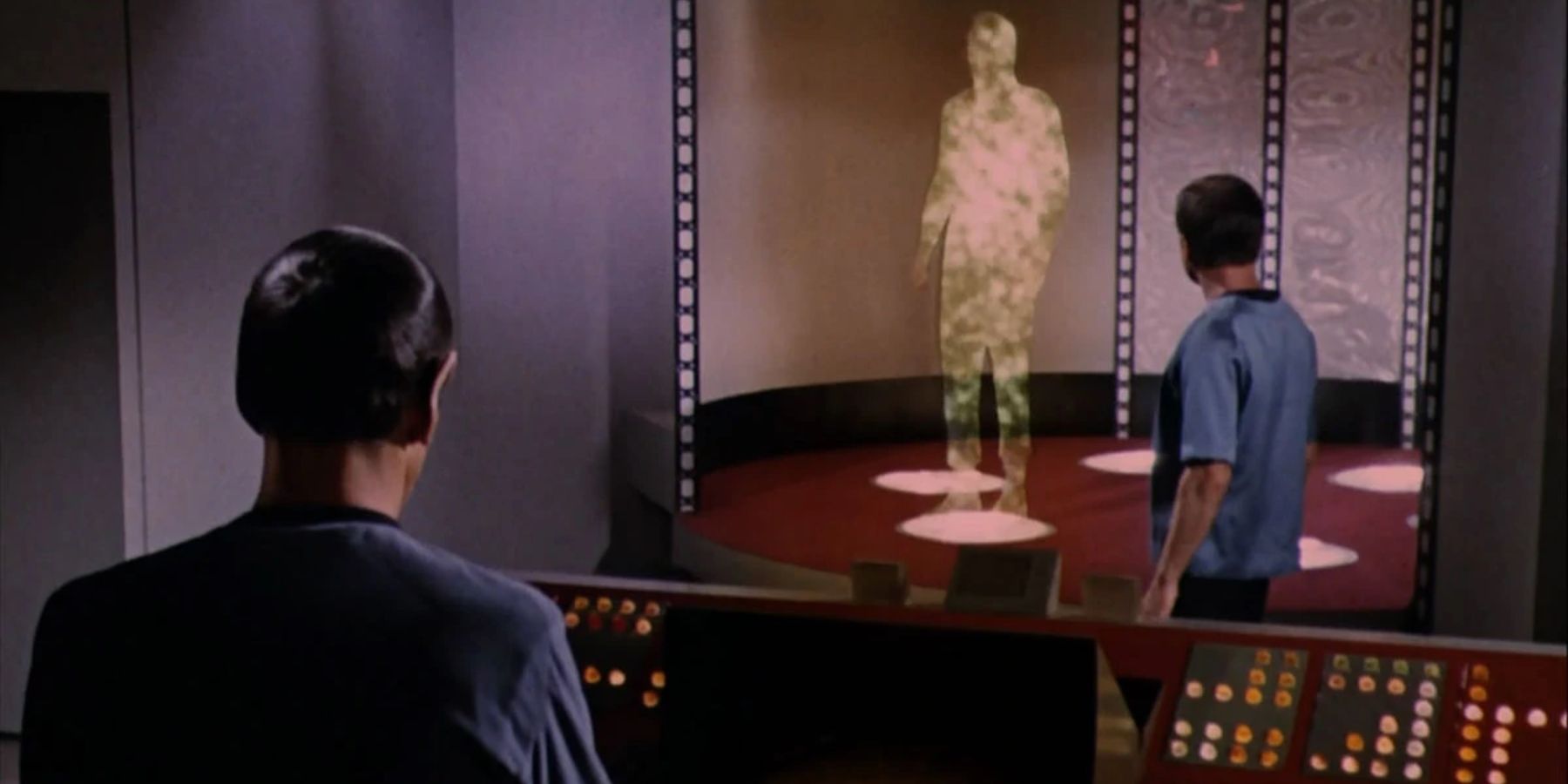Science fiction has, over the years, been an amazing vessel for all types of concept art and futuristic design ideas. There's no better way to flex a creatives muscles that to envision the natural progression of technology, and imagine all forms of futuristic wacky gizmos based on the wildest parts of a persons' imagination. For Star Trek, this is no different. In fact, it is possibly one of the greatest examples of perceived futures in science fiction (apologies Star Wars fans, as, remember, all that takes place a “long time ago”) to the point where life imitates art. Star Trek brought to life warp technology, holograms, and even teleportation. While each of these plays an important part of the universe, nothing is more iconic than the ship itself, the USS Enterprise.
The inspiration behind the very first iteration of the vessel for the groundbreakingly progressive Original Series was rather simple, especially considering how iconic its design has become. The mastermind behind the design was Matt Jefferies, the art director for the show. Ironically, Jeffries is quoted to not be a science fiction fan, which is potentially why the original design had a lot of real life importation and didn’t draw too much from previously envisioned spaceship designs. He worked alongside Gene Roddenberry, the show's creator, who, instead of stating what he specifically wanted for the design, gave Jefferies a list of specific things he didn’t want. Despite knowing a lot about the ship, Roddenberry had never actually visualized it. All he knew was that he didn’t want it to look like anything audiences had seen before, and wanted to avoid at all costs the stereotypical 60s rocket ship template. He asked for “no fins, no wings, no smoke trails, no flames, no rocket.”
The ship had to look like something that was at the forefront of technological advancement, a masterpiece of futuristic innovation, but Jefferies struggled to come up with a design Roddenberry was happy with, as Roddenberry stated that early designs were “too conventional.” Jefferies then turned to his experience with aviation, putting more and more of what he called “aircraft logic” into the designs, basically imagining what the natural evolution of modern day (or at least, modern day for them) aircraft would be. He applied real-world aviation logic to the designs, including things like moving the ship's warp engines away from the main hull, as they were potentially too powerful/dangerous to be that close to the crew.
The disk-shaped hull was also something he toiled over, worried that it would resemble a stereotypical flying saucer shape. However, Roddenberry loved it. He felt that it was enough to pay homage to audiences' pre-existing connotations with space, but would take it into a new direction and still feel new and exciting. They bulked it out, but made sure to keep the design smooth from the outside. Unlike modern-day aircraft, this craft had to be in the vacuum of space, so in order to service and repair it, all the components needed to be accessed mainly from inside. This was another example of logic influencing design. It would have been impractical for any essential component to be outside, as it would involve a dangerous space walk to fix it; thus the ship had a smooth-shelled skin.
Another large part of the design came from storyline decisions, and whether the ship would be landing on the various alien planets they visited. At the beginning of production, Roddenberry planned that the ship would do so, but as with many of the decisions made during The Original Series, it turned out to be too expensive to create unique sets showcasing the ship landing on each planet. This then changed to using shuttles to get the crew back and forth, but unfortunately when filming began, the large scale prop was not finished. Thus, transporter technology was born, both cost-effective and unforgettably unique.
As the ship would not need to land on a planet, and they were serviced, repaired, and even built in space, there was no need to make the spaceship “work” anywhere other than space, and conform to normal things like gravitational pull or aerodynamics. While various fans think that Enterprise has landing gear built in somewhere (often referencing the triangle imprints seen on the bottom of the main hull) it’s actually mentioned by Kirk in The Original Series episode “A Piece of the Action” that they ship is unable to land, and that the only way to do it would be to initialize a “controlled crash.” Even then, there would be no guarantee they would ever be able to get it back up again. It’s important to remember that this only applies to the original USS Enterprise NCC-1701, as the USS Voyager (captained by potential war criminal Captain Janeway) has the capability to land on a planet.
Jefferies and Roddenberry truly created something unique way back when Star Trek was just an idea bubbling away in the back of Roddenberry’s head, setting a precedent for the plethora of Star Trek shows and movies that came later. Jefferies' interest and expertise in aviation ensured the USS Enterprise was grounded in enough reality to be believable, yet still futuristic and spectacular enough to be at the forefront of space faring ingenuity. To honor his dedication, and his crawling slog to get the design approved by Roddenberry, the crawl spaces found within each and every Starfleet vessel are named Jefferies Tubes, ensuring a legacy that continues today.



